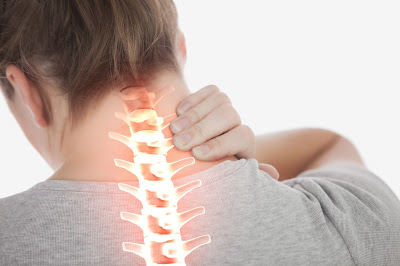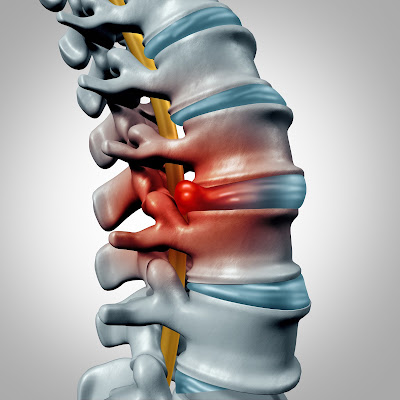The nervous system comprises of numerous nerves that transports chemicals and impulses from the brain to all the other parts of the body and back again to the brain. The nervous system is important in protecting us from injury and it is also important in our representation as a social individual. It is a very important and highly complex system.
Injury to nerves can be a result of an abrupt accident or can be because of repeated assaults over a period of time. In general, nerves are well protected and resistant to injury but there are limits. Since nerves are not elastic, free movement of nerves in our spines, arms and legs are essential to avoid injuries.
When a nerve gets caught, pinched or tethered an injury occurs. We can very often restore the normal movement of the injured nerves, which is fundamental to healing. We use a variety of Physical therapy techniques to establish normal movement of injured nerves, from eliminating the source of the movement restriction to mobilization of the nerve itself.
Under certain circumstances surgery is required to establish normal nerve movement or to remove obstructions such as disc material, bony growth, or thickened ligaments. But it is always best to exhaust all other non-surgical options. Furthermore, it is important to understand that most nerve injuries develop slowly over time and this process can be stopped or reversed by doing a course of appropriate physical therapy in the early stages of the condition.






































